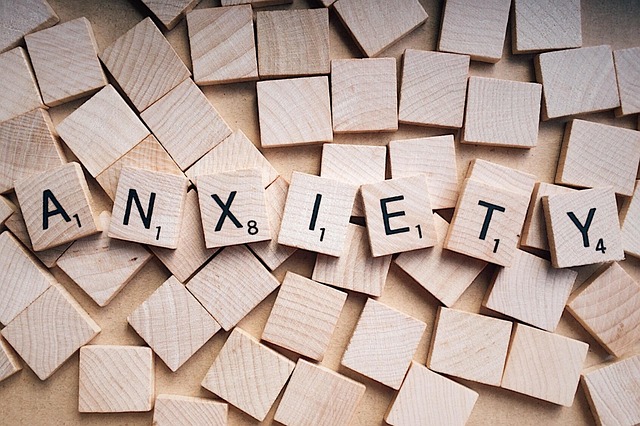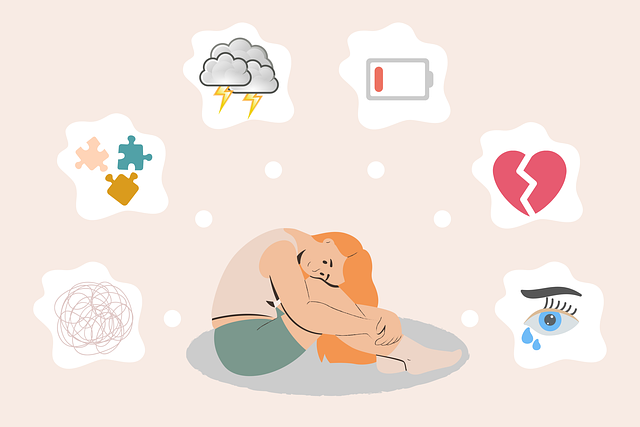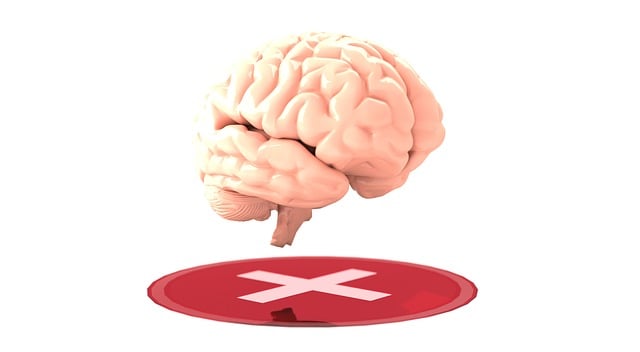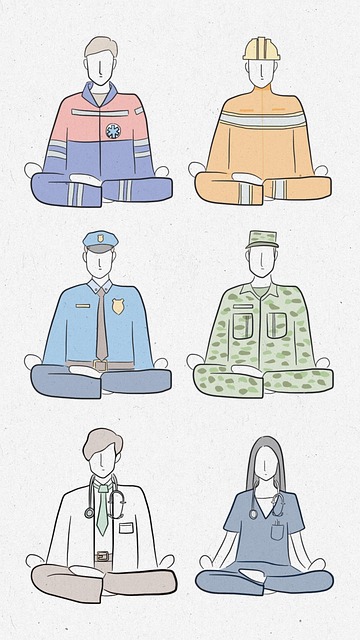Healthcare provider burnout, especially among pediatricians and therapists treating children, is a pressing issue fueled by demanding work environments. Strategies like social skills training and mindfulness meditation have proven effective in preventing burnout, as seen with ASL interpreters. Incorporating American Sign Language (ASL) therapy into pediatric healthcare not only serves as a communication tool for deaf or hard-of-hearing patients but also promotes self-awareness exercises that mitigate stress. Healthcare organizations can combat provider burnout by fostering supportive environments and incorporating compassion cultivation practices, including mental health education programs and ASL therapy. A holistic approach to self-care, combining ASL practice, workshops, mindfulness, nutritious diets, and quality sleep, is crucial for maintaining well-being and enhancing job satisfaction among healthcare professionals specializing in therapy for children.
Healthcare provider burnout is a growing concern, impacting not just individuals but the entire healthcare system. This article explores comprehensive strategies to prevent burnout among these essential workers. We delve into the root causes and far-reaching effects of burnout, particularly in pediatric care. Effective therapy approaches are highlighted, along with innovative methods like American Sign Language (ASL) to enhance communication and reduce stress. Additionally, we provide organizational strategies for supportive work environments and a self-care guide tailored for healthcare professionals.
- Understanding Burnout Among Healthcare Providers: Causes and Impact
- The Role of Therapy in Preventing Burnout: Effective Approaches
- American Sign Language (ASL) as a Tool for Burnout Reduction in Pediatric Care
- Creating Supportive Work Environments: Strategies for Healthcare Organizations
- Self-Care Practices for Healthcare Professionals: A Comprehensive Guide
Understanding Burnout Among Healthcare Providers: Causes and Impact

Healthcare provider burnout is a growing concern within the medical field, impacting not only individual practitioners but also patient care and the overall healthcare system. Burnout refers to a state of emotional exhaustion, depersonalization, and reduced personal accomplishment, often stemming from prolonged exposure to stressful work environments. For healthcare providers, this can be particularly pronounced due to high workload, long hours, emotional demands, and frequent exposure to traumatic situations.
Among pediatricians and therapists providing therapy for children, burnout rates are alarmingly high. Factors contributing to this include the constant need to stay updated with medical advancements in child development, complex caseloads, and the emotional toll of working with vulnerable populations. For American Sign Language (ASL) interpreters, social skills training and mindfulness meditation have emerged as valuable tools in burnout prevention. These strategies promote self-care, enhance resilience, and improve coping mechanisms, enabling healthcare providers to maintain their well-being while effectively serving their patients.
The Role of Therapy in Preventing Burnout: Effective Approaches

Therapy plays a pivotal role in preventing burnout among healthcare providers, offering effective approaches tailored to their unique needs. American Sign Language (ASL) therapy is emerging as a powerful tool, enabling providers to connect with deaf or hard-of-hearing patients, fostering understanding and empathy. By incorporating ASL into therapeutic practices, healthcare professionals can enhance communication, reduce miscommunication gaps, and improve patient care.
Conflict resolution techniques are integral to therapy sessions, equipping providers with skills to navigate challenging situations. Through structured counseling and mentorship, therapists guide healthcare workers in managing stress, improving self-care, and fostering resilience. Additionally, mental illness stigma reduction efforts within therapy sessions contribute to a supportive environment, encouraging open discussions about emotional well-being. These strategies collectively form robust burnout prevention strategies for healthcare providers, ensuring they remain motivated, engaged, and adept at delivering quality care.
American Sign Language (ASL) as a Tool for Burnout Reduction in Pediatric Care

Incorporating American Sign Language (ASL) into pediatric healthcare practices offers a promising avenue for burnout reduction among healthcare providers. Beyond serving as an essential communication tool for deaf and hard-of-hearing children, ASL promotes self-awareness exercises that can mitigate stress and foster better emotional regulation among medical professionals. The use of sign language encourages a more tactile and non-verbal approach to therapy, which can be incredibly beneficial in building rapport with young patients. This methodical shift in interaction can significantly enhance the overall well-being of healthcare providers, reducing feelings of burnout.
Public awareness campaigns focused on the benefits of ASL in pediatric care can play a pivotal role in its widespread adoption. By highlighting successful implementations and sharing stories of improved patient outcomes and reduced provider stress, these initiatives fuel interest and encourage medical facilities to integrate sign language into their routine practices. Moreover, such campaigns contribute to depression prevention by promoting a culture of inclusivity and reducing communication barriers for children who may struggle with verbal therapy, thereby contributing to a healthier work environment for healthcare providers.
Creating Supportive Work Environments: Strategies for Healthcare Organizations

Healthcare organizations play a pivotal role in fostering supportive work environments that can prevent burnout among their providers. One effective strategy is incorporating compassion cultivation practices into daily operations. These practices encourage staff to cultivate empathy, self-compassion, and resilience, which are essential for managing stress and emotional fatigue. By promoting a culture of support and understanding, healthcare facilities can ensure their employees feel valued and equipped with the necessary tools to cope with challenging situations.
Additionally, designing mental health education programs tailored to the unique needs of healthcare professionals can significantly contribute to burnout prevention. These programs should include workshops on coping skills development, stress management techniques, and American Sign Language (ASL) therapy for children with special needs. Encouraging open dialogue about mental health and providing accessible resources can help healthcare providers feel empowered to prioritize their well-being alongside patient care.
Self-Care Practices for Healthcare Professionals: A Comprehensive Guide

Healthcare professionals, like all individuals, require a comprehensive approach to self-care in order to combat burnout and maintain optimal well-being. Beyond basic rest and relaxation, engaging in therapeutic practices such as American Sign Language (ASL) therapy for children can offer unique benefits. ASL is not only a powerful communication tool but also facilitates emotional connection and cultural understanding. Studies have shown that using ASL in therapeutic settings enhances empathy building strategies and conflict resolution techniques among healthcare providers.
Incorporating regular self-care activities, such as practicing ASL with patients or attending workshops focused on these languages, can significantly reduce stress levels and foster a sense of accomplishment. Additionally, engaging in mindfulness practices, maintaining a balanced diet, and prioritizing quality sleep are essential components of a holistic self-care strategy. By prioritizing their own physical and emotional health, healthcare professionals can better serve their patients, improve patient outcomes, and enhance job satisfaction.
Burnout among healthcare providers is a pressing issue, impacting both individual well-being and patient care. By understanding the causes and effects outlined in this article, healthcare organizations can implement effective strategies such as therapy tailored to children’s needs, incorporating American Sign Language for enhanced communication, fostering supportive work environments, and encouraging comprehensive self-care practices. These proactive measures are crucial in preventing burnout, ensuring healthcare professionals remain dedicated and resilient in providing quality care.














